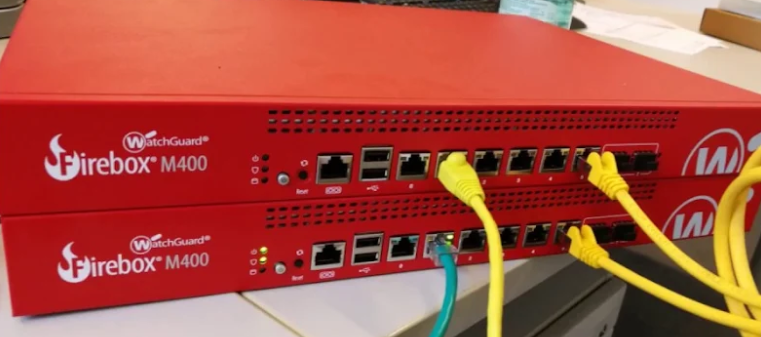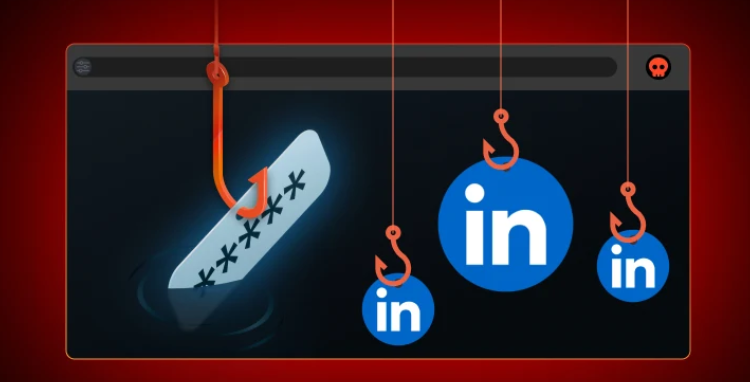Active Directory Under Siege
Active Directory Under Siege: Why Critical Infrastructure Needs Stronger Security The piece argues that Active Directory remains the crown-jewel target across enterprises and critical infrastructure. Complexity, legacy protocols and slow patch cycles (including a major 2025 privilege-escalation flaw) keep AD vulnerable. It recommends identity-first Zero Trust, privileged access tiering, hardening Kerberos/NTLM, rapid patching of domain […]






